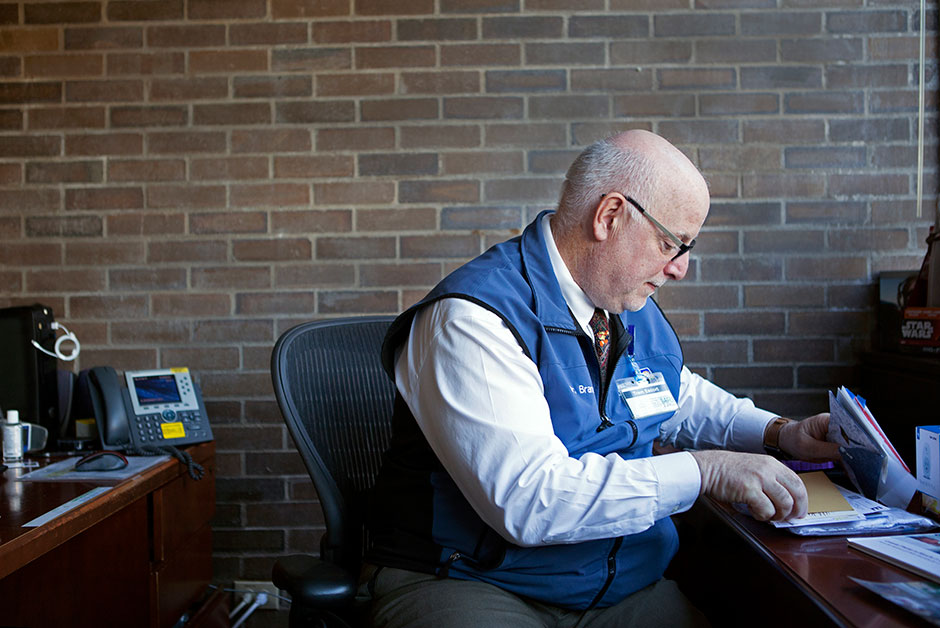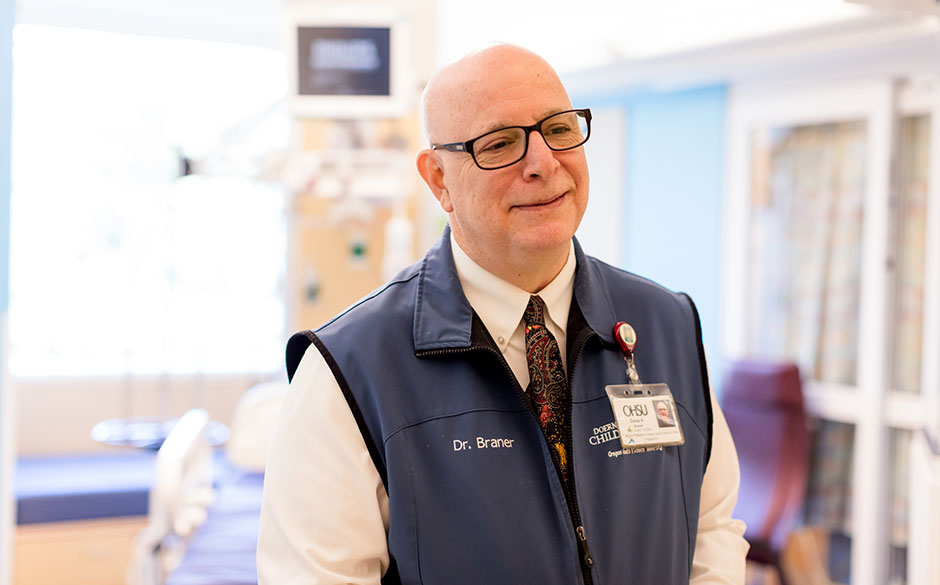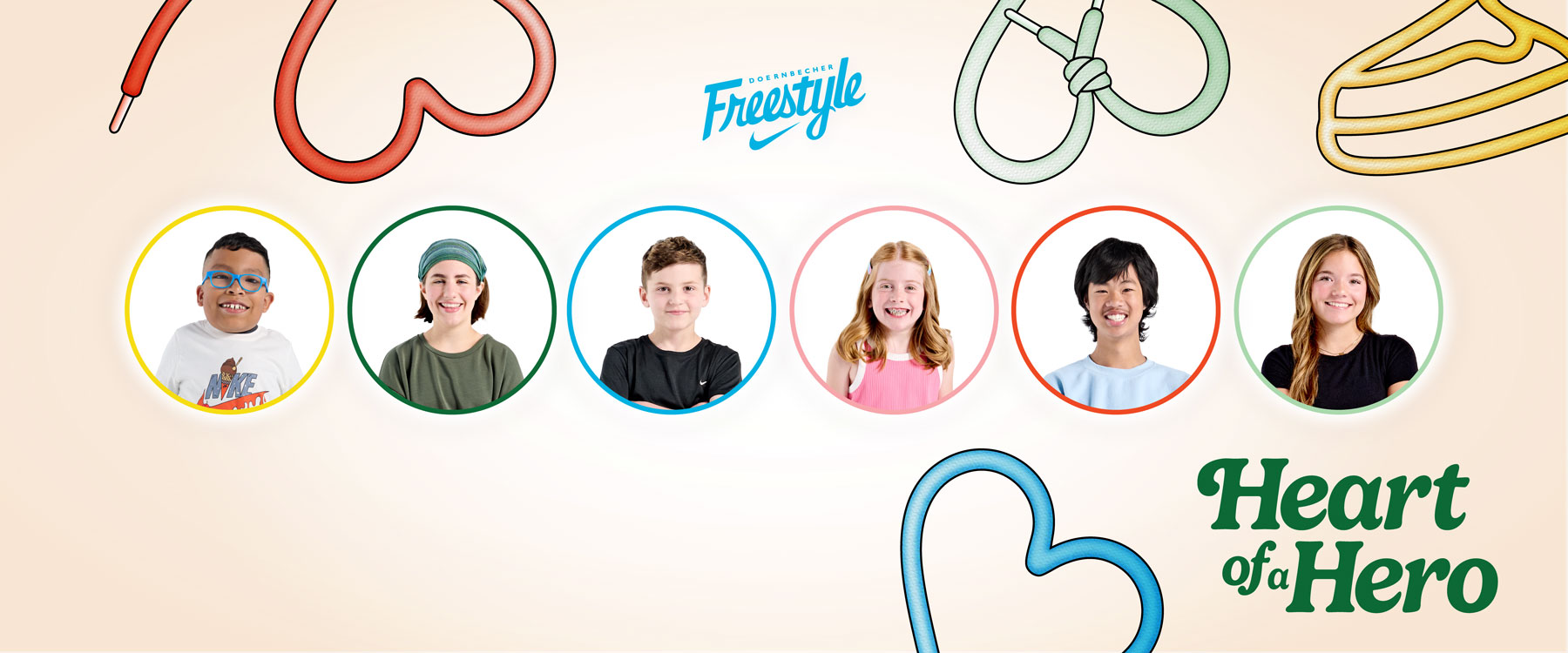He can be spotted walking the halls of Doernbecher Children’s Hospital clad in Christmas socks, cracking a joke at his own expense, and at times, being referred to as “Dr. Potato Head” by his patients. It’s no surprise that he is especially good at working with children, but behind the Santa socks and sassy humor is a talented physician with a profound dedication to providing the best care possible for kids.
He is none other than Dana Braner, MD, FAAP, FCCM, Credit Unions for Kids Chair and physician-in-chief at OHSU Doernbecher Children’s Hospital.
Last fall, Dr. Joe Robertson, OHSU president, elevated Braner from interim to permanent chair of the Department of Pediatrics. It’s a perfect role for a physician who lives and breathes Doernbecher – the only place he’s ever worked.
Despite Braner’s commitment to healing kids for the last 30 years, his initial ambitions were quite different. Raised in the Bay Area by his mother, an English teacher, and father, a car salesman, Braner thought he wanted to be a comedian. This career path was enthusiastically endorsed by his father, who felt it would be more exciting to have a family comedian to balance his two older brothers pursuing law. He went to school to study drama and marine ecology at University of California Berkeley where he did have a “fling” with stand-up comedy. But about halfway through college he discovered he had a different calling.
“I became exposed to the medical profession and felt that it was compatible with my talents and values. I’ve always believed that we’re here for a reason. If we’re not here to help each other…I don’t really know why we’re here at all.” He realized that medicine was the way for him use his gifts to help others.
Though his father was less than thrilled about his choice to become “another run-of-the-mill doctor”, Braner decided to attend Albert Einstein College of Medicine in New York with the intention of going into social medicine. He wanted to care for those underserved by medical professionals, such as low-income communities or prison inmates. Before graduating, however, another direction became clear.
“During my third year of medical school, I did a rotation in pediatrics at a hospital in the Bronx, and they put me in the intensive care unit. I was working with a senior resident who turned to me and said: ‘Dana, this child needs to have a line put in his artery, could you do that?’ I had never done anything like that before, but he helped me out, and by the end we had a functioning arterial line in this kid, and I thought: ‘OK, this is cool.’ From that day forward, I knew I was going to go into pediatric critical care, and I haven’t wavered from that decision since.”
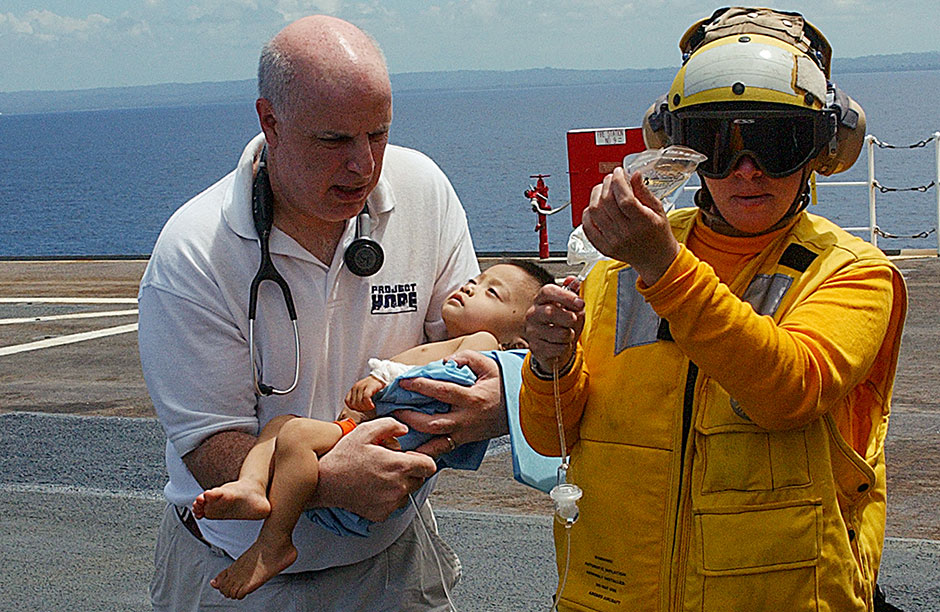
After completing his medical degree in New York, Braner did his residency in pediatrics at the University of Colorado, Denver and his fellowship in pediatric critical care medicine at the University of California, San Francisco. By the time he arrived at OHSU, he was highly trained and ready to put his knowledge into practice.
“During my first year here I worked closely with a doctor named Allen Paschall. At the time, there was a huge surge of patients with meningococcemia (an infection from the same bacteria that causes meningitis). When I was in San Francisco, I thought those patients didn’t survive, but Paschall’s patients had an incredible 80 to 90 percent survival rate. I wanted to know what his secret was, what he was doing differently.
The secret was that he really took care of these kids. When I say ‘he’ I mean, he and and the entire village it takes to care for a critically ill child. No one does anything alone in the critical care unit. But he had developed this system where he just stuck to them like glue. Every sort of perturbation that they went through, he could follow, and predict what was going to happen next. He was able to get these kids through. Paschall really impressed upon me that the more attention you paid to your job, the better your patients were going to do. That has stuck with me to this day.”
During that first year at OHSU, Braner had a unique opportunity to test his skills in an entirely different setting—one that ended up changing his world view altogether. His colleague, Paschall, was planning to travel to Colombia on a medical relief mission, but was unable to go. Braner went in his place.
“As an intensivist, I fell in love with the environment immediately. The ICU trains you to be calm when everyone else is less calm, and that is what relief work is all about. I was able to learn and do things I don’t get to do at OHSU. There were times when I was working in a room with only three walls, a dirt floor, no ceiling and no equipment. I remember one time I actually built a mechanical ventilator from a rocking chair and it worked, which was kind of amazing. It’s impossible to not be changed by those experiences.”
Since that first trip in 1992, Braner has traveled to more than 30 countries on relief missions. In 2004, he was in Indonesia after a tsunami had hit. He was only scheduled to be there for two weeks, but felt he needed to stay longer. He called OHSU’s chairman of pediatrics and the dean to get the ok to extend his visit. The dean at the time was Joe Robertson, and he told Dana that he was exactly where he should be, and to stay as long as he needed.
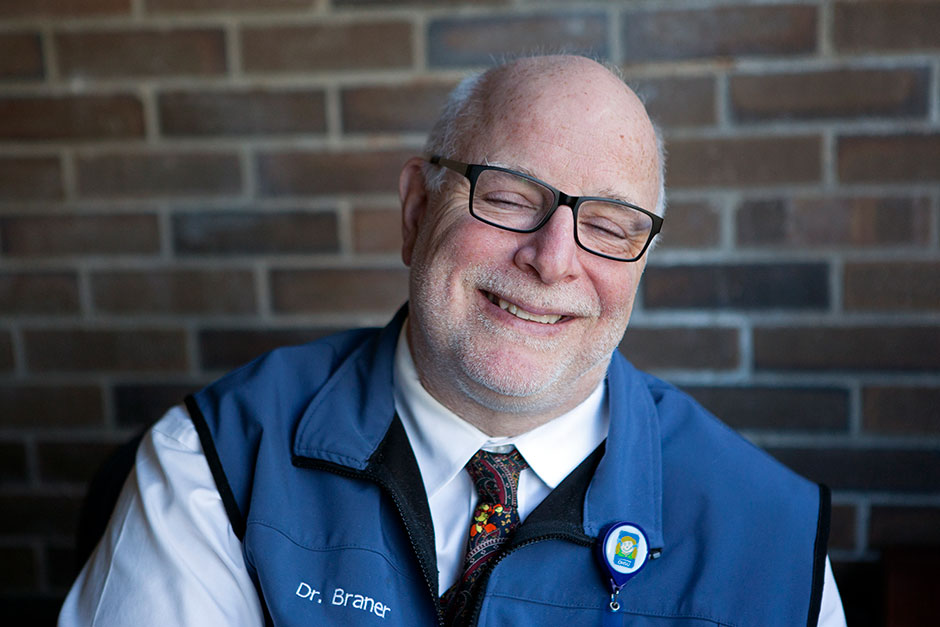
“To lead a group of people dedicated to making life better for children every day, well, I can’t really think of a better job in the universe.”
“There was absolutely nothing in it for Joe. He had to find someone to cover all my shifts. And it turned into a long stay, nearly two months. But every time I talked to Joe he said: ‘You’re doing great, keep doing what you’re doing.’ And that is OHSU. That was the first time my eyes were opened to the fact that we care about children — period. Obviously, we care about kids in Oregon because that’s where we are, but we believe that the life of a child anywhere is valuable and worth serving and healing. A university that can put its values forward like that — why would you go anywhere else?”
It is for precisely that reason that Braner hasn’t gone anywhere else. His values are the very reason he got into medicine, the reason he continues to go into the field, and the reason OHSU has been his workplace of choice for nearly 30 years.
“OHSU Doernbecher is a place where our priorities are very clear. We take care of children. We research new techniques to help children. We teach people to take care of children. And we advocate for children. Those priorities are engrained into our DNA and everything that we do.”
“We realized that families are just as critical to helping a sick child heal than any number of doctors or nurses.”
While the core ideals of OHSU Doernbecher have remained the same for as long as he’s been at the hospital, there have been a number of other factors that have changed significantly. Technology like the iMRI or genome sequencing were nothing but science-fiction twenty years ago, he says. The attitude towards nurses has also shifted, as they are now seen more as critical partners in the process of healing a sick child. But the most significant change was the movement towards a family-centered approach. This meant eliminating visiting hours for families wanting to stay with their sick child, and inclusion of parents in the dialogue about their child’s health.
“We realized that families are just as critical to helping a sick child heal than any number of doctors or nurses.”
Braner also helped facilitate developments in the medical field as a co-editor of the first computer textbook of pediatrics. He and a team of collaborators created a responsive digital guide that led the user through micro simulations and videos of about twenty medical cases, a platform that was well ahead of its time. It took more than a year to put together, and they were told it would probably sell 50 copies. In the first two months it sold 500. By the time it was in circulation, it was well in the thousands. That’s when the Doernbecher media lab was created for the sole purpose of developing multimedia educational materials for various pediatric departments. By the time the lab closed, 15 years later, the team had completed hundreds of projects in up to eight different languages, with hundreds of thousands of copies in circulation today.
“It was a great way to do useful work and give back to the community.”
Twenty years into his career at Doernbecher, Braner was well poised for leadership. In 2000 he was asked to be chief of the department of pediatrics, and five years later he was promoted to interim chair of the department.
“We don’t open up our doors without philanthropy. And that’s a pure fact. Without the support of the community, we couldn’t be one tenth of the hospital we are today.”
He also now holds the Credit Unions for Kids Chair. Credit Unions for Kids is a consortium of 100 regional credit unions that have raised more than $13 million for Doernbecher since 1986. Braner credits the support of the community as a critical agent in building Doernbecher into the cutting-edge care facility it is today.
“We don’t open up our doors without philanthropy. And that’s a pure fact. Without the support of the community, we couldn’t be one tenth of the hospital we are today.”
As the department chair, Braner still spends about a third of his time working in the PICU, and plans to volunteer in the field at some point during the year. But his key role is to lead Doernbecher into the future.
“I am exceedingly proud of hospital and the people who work in it. But the big question is: How can we do better tomorrow? It’s harder than it sounds, but with such a dedicated staff and community, I feel confident we’ll get there.”
For a man who has lived his life rising to new challenges, it seems there is no better person to take that on.
“To lead a group of people dedicated to making life better for children every day, well, I can’t really think of a better job in the universe.”
